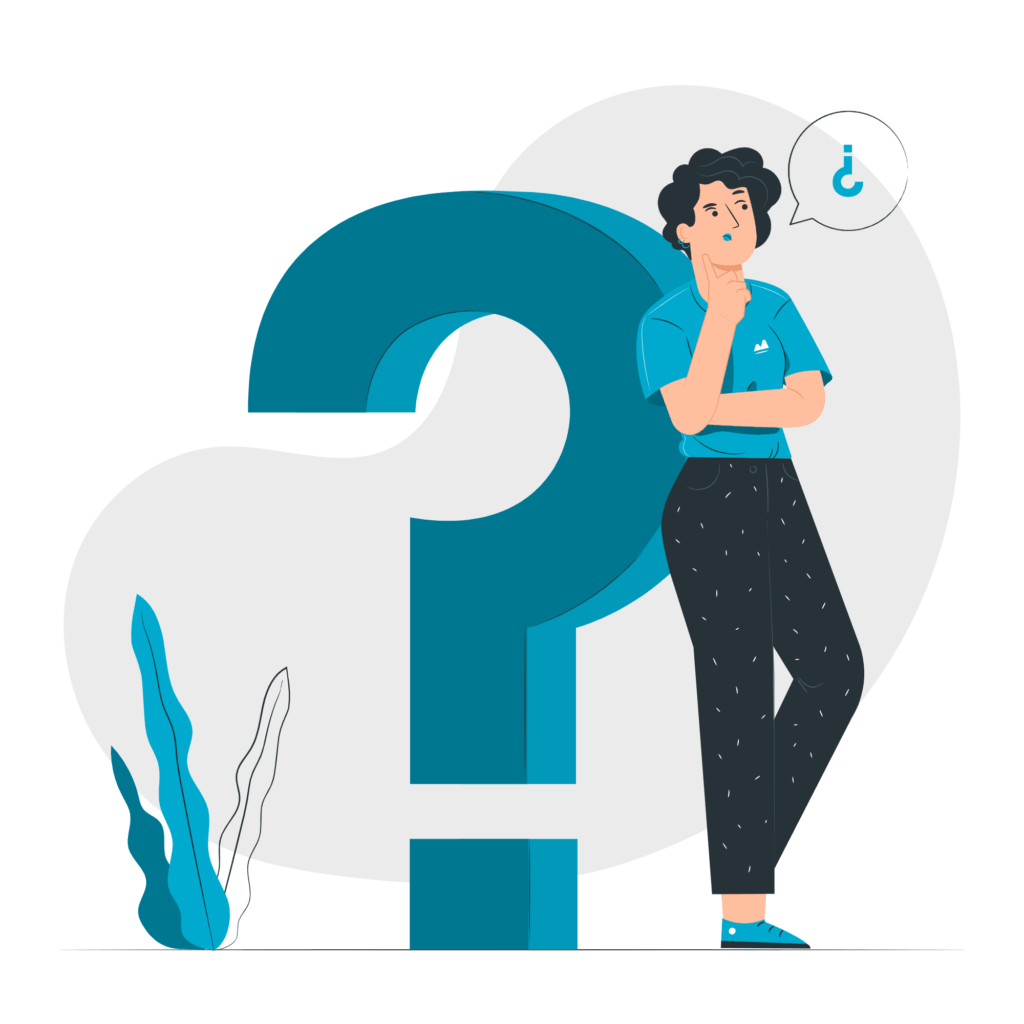Off-the-shelf learning: from the catalogue approach to the learning pathway
First, it is important to note that implementing a learning catalogue and learning paths are not two incompatible approaches. On the contrary, they can be complementary. The aim of this article is to show that a catalogue approach and a learning path approach do not address the same issues and should not be used in the same way.

The learning catalogue as a driver of the learning culture
For years, (large) companies have chosen to invest in libraries of off-the-shelf digital content. These investments represent huge budgets… but they can be justified: by buying a learning catalogue, you can immediately upload hundreds or even thousands of learning contents on your LMS, without having to go through the “learning content creation” phase. It is therefore a good way to accelerate your digital learning strategy when your human resources do not allow you to create everything in-house.
In this way, you can enable your employees – whatever their job – to develop their skills on a wide variety of topics (management, leadership, digital, cybersecurity, etc.), with equally varied teaching formats (e-learning, video, podcast, quiz, etc.). In conclusion, providers such as LinkedIn Learning or CrossKnowledge still have a bright future ahead of them.
But for what efficiency, what completion rates and what profitability? This is often the problem with training catalogues. The investment is high but their use is low. One explanation for this is that a catalogue often favours quantity over quality. Please note: we are not questioning the quality of the educational content in a catalogue, but rather the relevance of the catalogue as a whole when you want to capitalise on training to increase the company’s performance.
Why use the Learning Catalogue? To improve the learning culture of your organisation. With a catalogue :
- Your employees can learn about anything that interests them, for professional or personal development. They can develop skills for a desired career move.
- You encourage the use of your LMS and the development of the learning company. An employee knows where to go to find training content on a subject of interest to them, and can then use the features of their platform to interact and collaborate with their peers.
- You provide a service to your employees. You can thus respond to the challenges of engagement, well-being at work and retention of your employees.
For this to work, remember to market your training catalogue. Employees need to know about it, how to access it and how to find what they are looking for. Use the features of your LMS: a search engine to find the right content, a recommendation engine to personalise the experience, or rating or playlist systems to filter content.
Why not use the Learning Catalogue? To upskill your employees in relation to their business skills. The disadvantage of a catalogue is that there is so much content that it is difficult to identify THE content that will enable your learners to develop a skill in the best way. It is difficult for the learner to know which skill to develop, and the manager does not have the time to look for the right training answer in the catalogue.
Meet your upskilling needs with targeted pathways
While the catalogue is not the most suitable solution for upskilling your employees, the learning path can enable them to develop key skills in the context of their job. However, you must ensure that these paths have been designed with a “skills-based approach”. The pathway should not just be a chronological sequence of learning content, but a logical and coherent set of content used to develop particular skills.
The first step is the design of the reference framework. Be careful, we are not necessarily talking about mapping all the company’s jobs and skills overnight. Start small! Think about the most important jobs in terms of upskilling, or the transversal skills that are strategic for your organisation. Once you have created this repository, you can start building your path by adding the pedagogical content that will enable learners to develop the targeted skills, and by choosing the methods that seem most relevant to you: synchronous or asynchronous, short or long, theory or practice, etc.
The transition from a catalogue approach to a pathway approach requires time: in addition to defining the target skills, you will have to do some curation to identify the relevant educational content for your learners to develop their skills. If you do not have the required time, opt for off-the-shelf learning paths created by professionals. There are paths on every topic: management, sales, finance, digital…
Why use off-the-shelf learning paths? To develop your employees’ skills in priority or strategic areas. A training programme must have a business impact: through learning, your employees will be more competent and efficient. You can even use the path to facilitate internal mobility, so as to upskill an employee who would like to move to another job within the company.
Beyond skills development, a learning path should enable you to observe better completion rates. On the one hand, because each piece of educational content that makes up the pathway is consistent with others; it is more engaging to move from one content to another when a logic is perceived in the sequence. Secondly, because the pathway includes a logic of competence objectives: if this logic is clearly put forward to the employee, it will enable him to understand why he is learning and how it will enable him to improve his daily work. Unlike the catalogue, the pathway does not aim for quantity of content but for its quality!
Why not use the off-the-shelf learning path? When your company’s activities are highly specific to your sector of activity or your context, or when your employees have very heterogeneous profiles. This is where we reach the limit of the “off-the-shelf” approach: with this type of course, the content offered is relatively generic (as opposed to content that would be adapted to your business), and your employees follow a one-size-fits-all learning path, which is sorely lacking in adaptation to the specific characteristics of each individual.
The next step: off-the-shelf adaptive learning
The off-the-shelf learning path have been around for years. So has Adaptive Learning, since the first company to market it was founded in 2008. Domoscio and Myskillcamp have chosen to take the best of both worlds to create Off-The-Shelf Adaptive Learning Experiences. What is the added value for everyone in your company?
1. From learners’ point of view, adaptive learning remains true to itself: it offers everyone a 100% individualised pathway based on an initial positioning questionnaire. Depending on their skills gap, the learner is given recommendations for educational content to optimise their skills development. Every minute that the learner spends on training is useful and enables him/her to develop the skills in which he/she is lacking.
2. From the point of view of your teaching team, the proposed approach is innovative… insofar as the team does not need to intervene!
- The target skills are defined by our experts, on themes such as Management, Leadership, Project Management, Finance…
- The levels to be reached per skill can be defined depending on the company, the concerned profession, the level of seniority, etc.
- The positioning questionnaires are designed by our experts, each question being tagged with the corresponding skill and the level of difficulty
- Educational content from the best suppliers on the market is selected and tagged with the corresponding skill and level of difficulty
- The Adaptive Learning Experience is downloaded in SCORM format and thus ready to be uploaded to your LMS
3. From a management point of view, managers have the possibility to monitor the development of employees’ skills as closely as possible, thanks to the analytics generated by Adaptive Learning. You also strengthen your evaluation strategy since each path includes an initial and a final questionnaire, enabling you to measure the acquisition of skills and the progress of your learners. At any time, the manager can see which skills his team has and which are missing.

Contact us now to find out more about these Off-The-Shelf Adaptive Learning Experiences and the topics covered!
Latest news
Our latest articles about the topics: learning, science and Domoscio's news.